Exploring ancient ruins offers a unique window into the past, allowing us to marvel at the ingenuity, culture, and history of ancient civilizations. From the mysterious moai statues of Easter Island to the iconic pyramids of Egypt, these ruins tell stories of human achievement and resilience. This article highlights the top 18 fascinating ancient ruins you should explore, each offering a glimpse into the architectural and cultural marvels of bygone eras. Whether you’re a history buff, an avid traveler, or simply curious about the past, these incredible sites provide a captivating journey through time.
Rapa Nui National Park, Easter Island
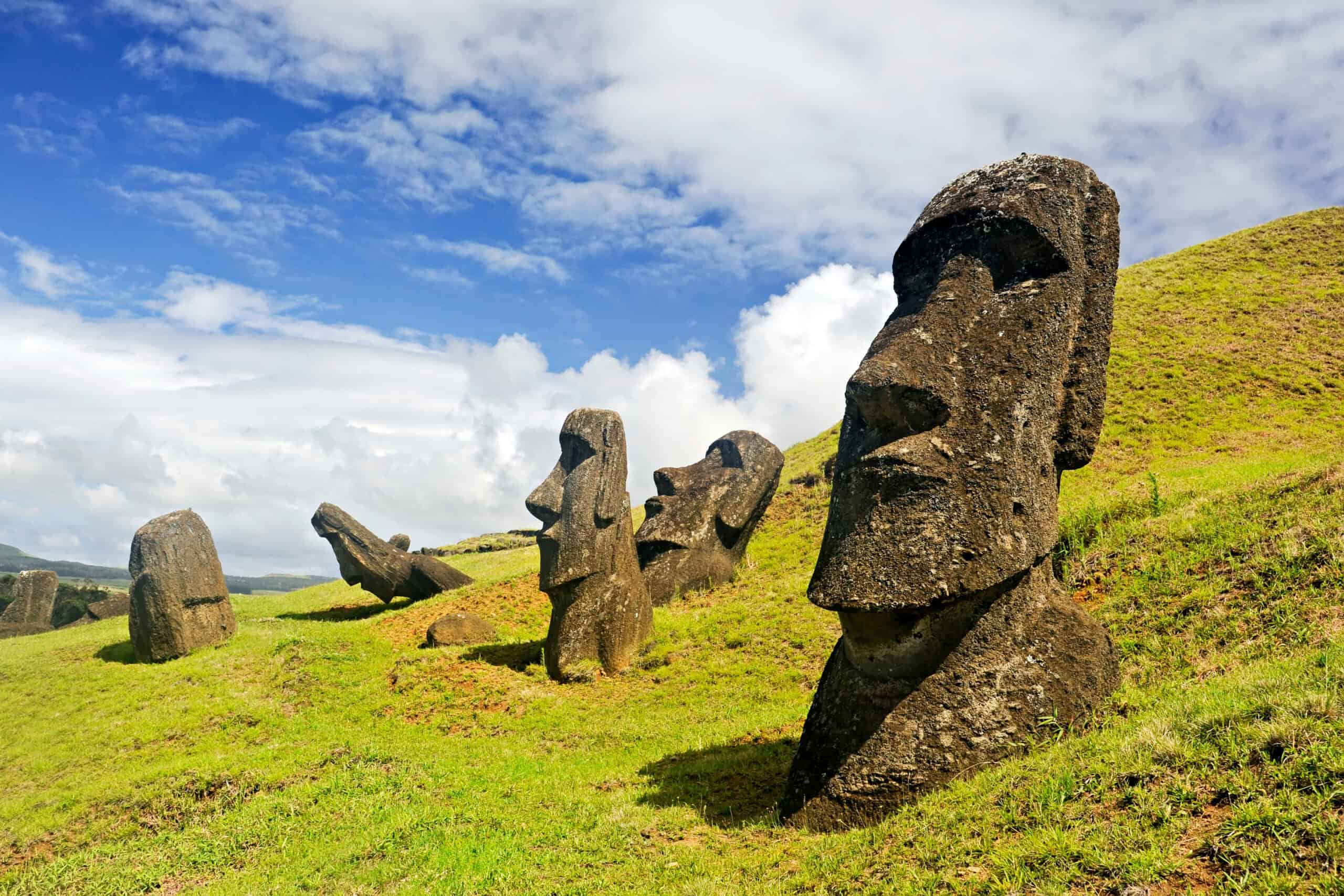
Rapa Nui National Park, located on Easter Island, is renowned for its mysterious moai statues. These colossal stone figures, carved by the Rapa Nui people between the 13th and 16th centuries, stand as a testament to the island’s rich cultural heritage and advanced engineering skills. The park, a UNESCO World Heritage site, offers a unique glimpse into the island’s history and the enigmatic civilization that thrived there. Visitors can explore the various archaeological sites, including the Rano Raraku quarry where the moai were carved, and experience the stunning landscapes and cultural traditions of Easter Island.
Baalbek, Lebanon
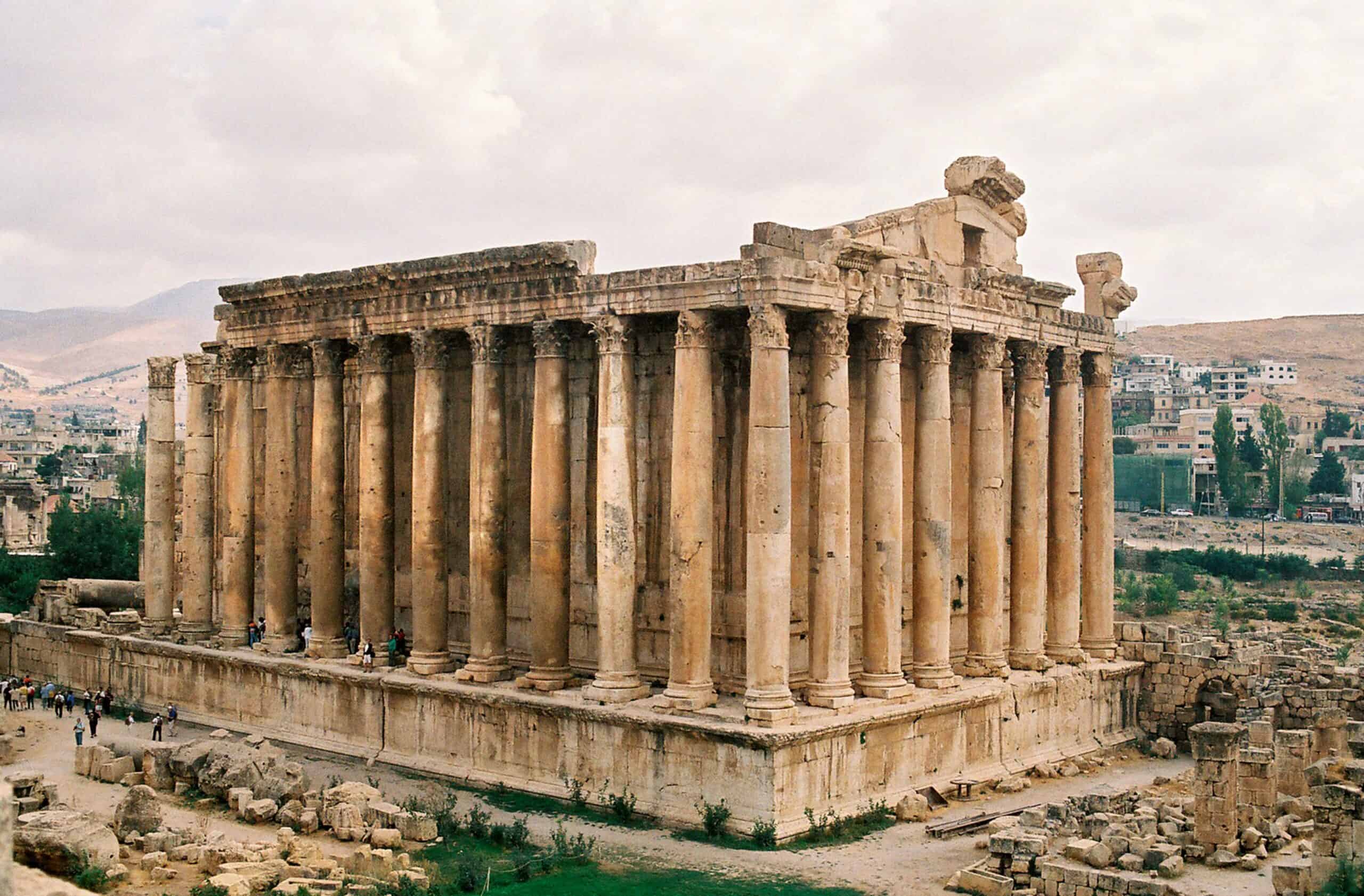
Baalbek, located in the Bekaa Valley of Lebanon, is home to some of the most impressive Roman ruins in the world. The ancient city, known as Heliopolis during the Roman period, features colossal structures such as the Temple of Jupiter, the largest Roman temple ever constructed. The site’s massive stone blocks, including the famous “Stone of the Pregnant Woman,” showcase the incredible architectural and engineering prowess of the ancient builders. Baalbek’s blend of Roman grandeur and local cultural influences make it a fascinating destination for history enthusiasts and travelers.
Chichén Itzá, Mexico
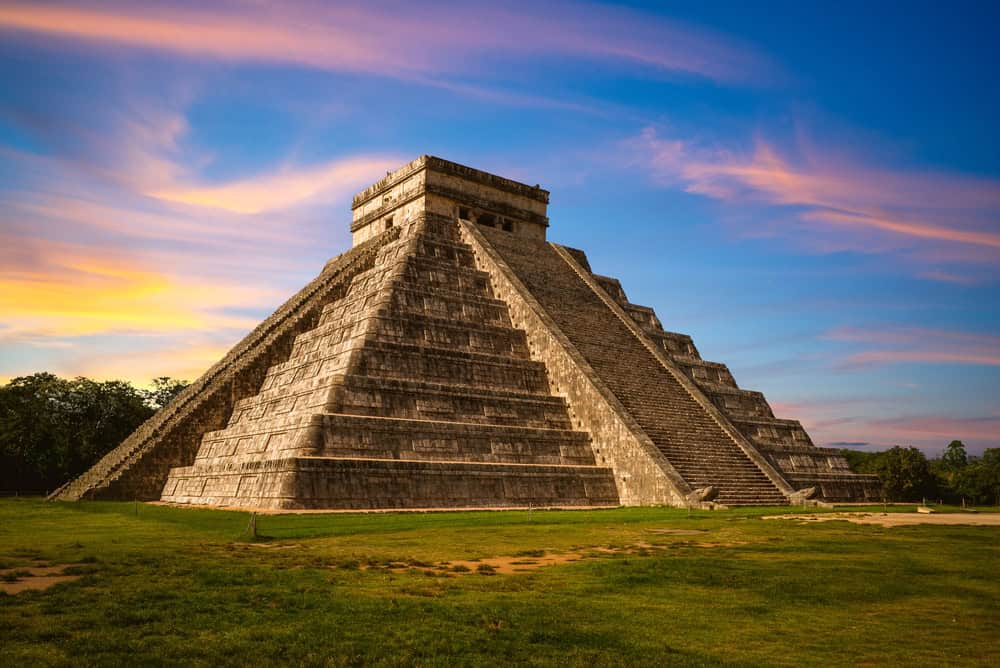
Chichén Itzá, a UNESCO World Heritage site located in the Yucatán Peninsula of Mexico, is one of the most famous and well-preserved examples of Maya civilization. The site features the iconic El Castillo pyramid, also known as the Temple of Kukulcán, which is aligned with astronomical events such as the equinoxes. Other notable structures include the Great Ball Court, the Temple of the Warriors, and the Observatory. Chichén Itzá’s architectural sophistication, cultural significance, and historical mysteries make it a must-visit destination for anyone interested in ancient civilizations.
Heart of Neolithic Orkney, Scotland
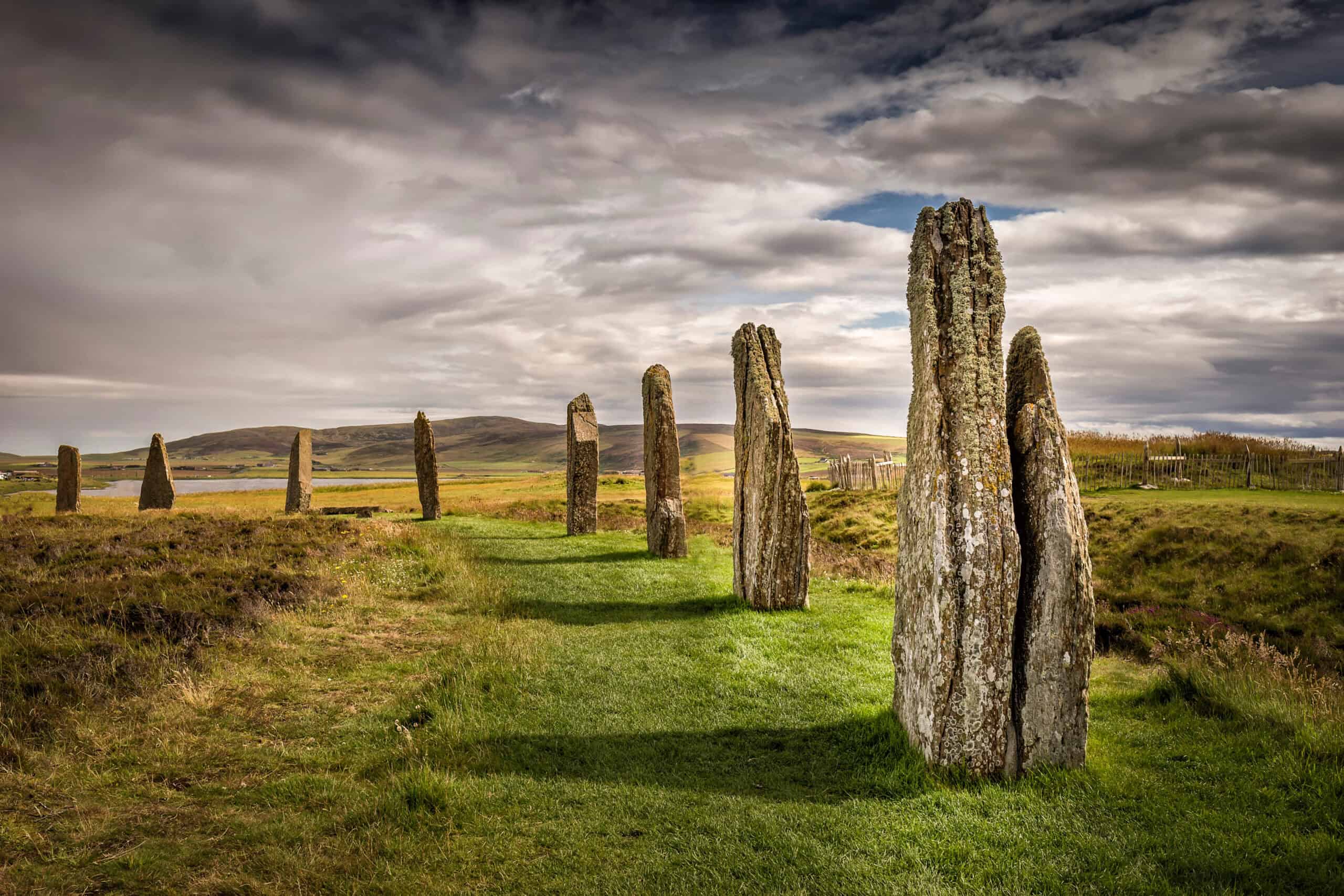
The Heart of Neolithic Orkney, located in Scotland’s Orkney Islands, is a group of prehistoric monuments that provide a fascinating insight into early human society. This UNESCO World Heritage site includes the well-preserved village of Skara Brae, the ceremonial stone circles of the Ring of Brodgar and the Stones of Stenness, and the impressive chambered tomb of Maeshowe. These sites date back to around 3000 BCE and offer a glimpse into the lives and beliefs of Neolithic communities. The remarkable state of preservation and the remote, scenic location make the Heart of Neolithic Orkney a captivating destination.
Ayutthaya, Thailand
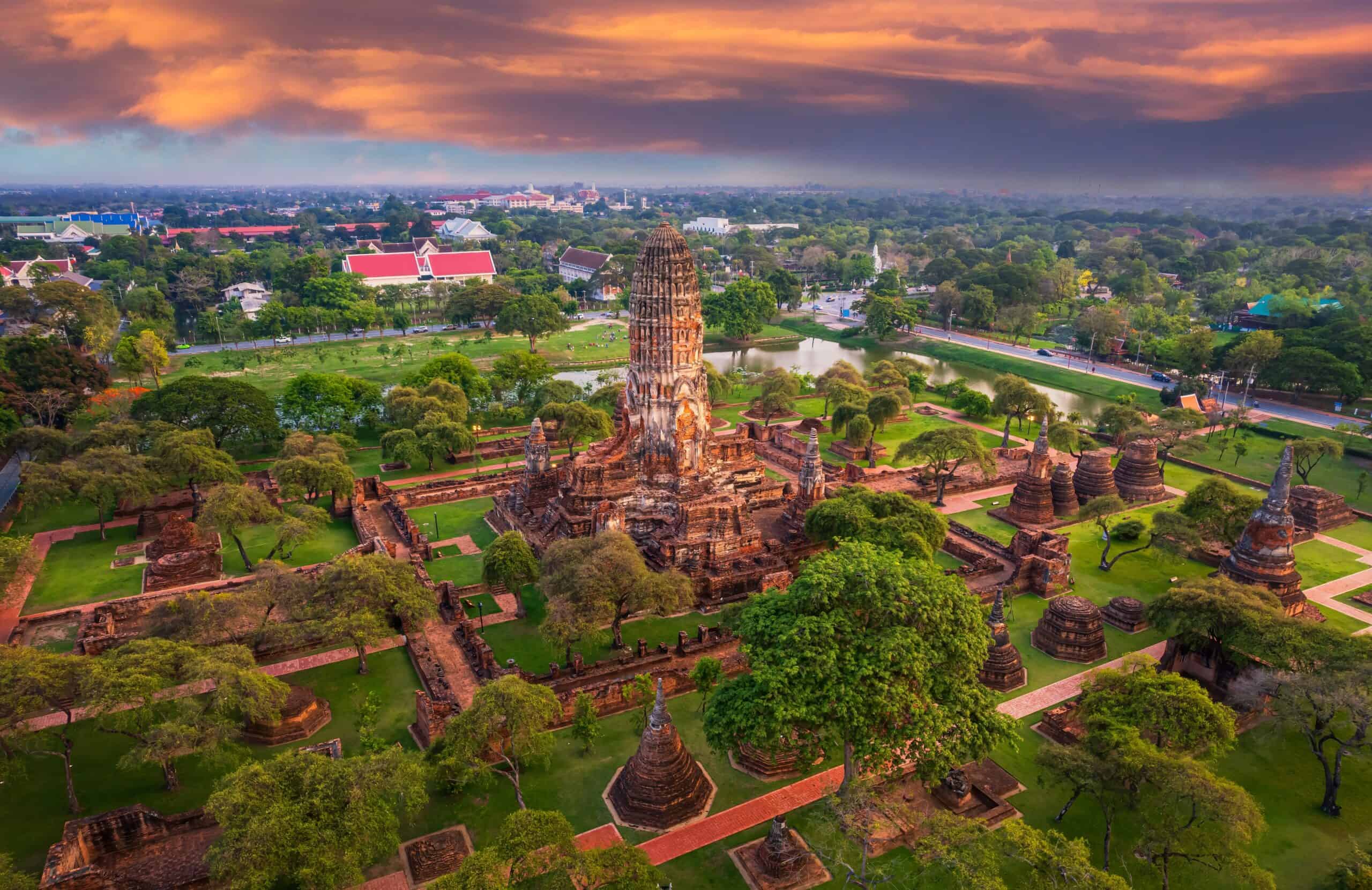
Ayutthaya, the former capital of the Kingdom of Siam, is a historical city in Thailand known for its stunning ruins and temples. Founded in 1350, Ayutthaya became one of the world’s largest and most cosmopolitan urban areas until it was destroyed by the Burmese in 1767. The archaeological park features numerous impressive structures, including the towering prangs (reliquary towers) of Wat Phra Si Sanphet, the massive reclining Buddha at Wat Lokayasutharam, and the iconic tree-entwined Buddha head at Wat Mahathat. Ayutthaya’s blend of architectural styles and rich history make it a fascinating site to explore.
Hegra Archaeological Site, Saudi Arabia
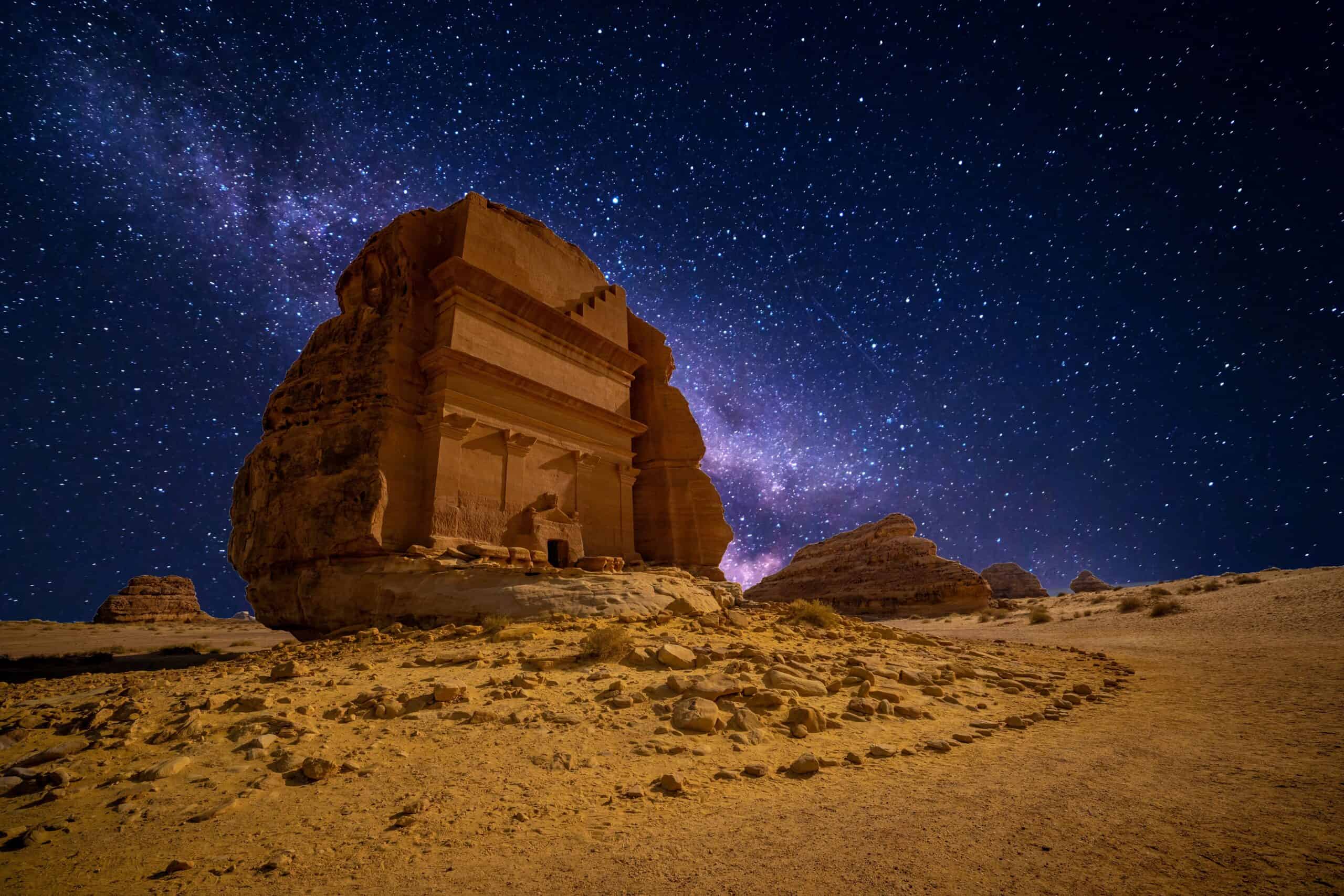
Hegra, also known as Al-Hijr or Madain Salih, is Saudi Arabia’s first UNESCO World Heritage site. This ancient Nabataean city, second in importance only to Petra in Jordan, features over 100 well-preserved tombs with elaborately carved facades dating back to the 1st century CE. The site offers a unique glimpse into the Nabataean civilization and their architectural achievements. Hegra’s remote desert location, stunning rock-cut tombs, and the relatively recent opening to tourism make it a compelling and less-crowded alternative to Petra.
City of Caral-Supe, Peru
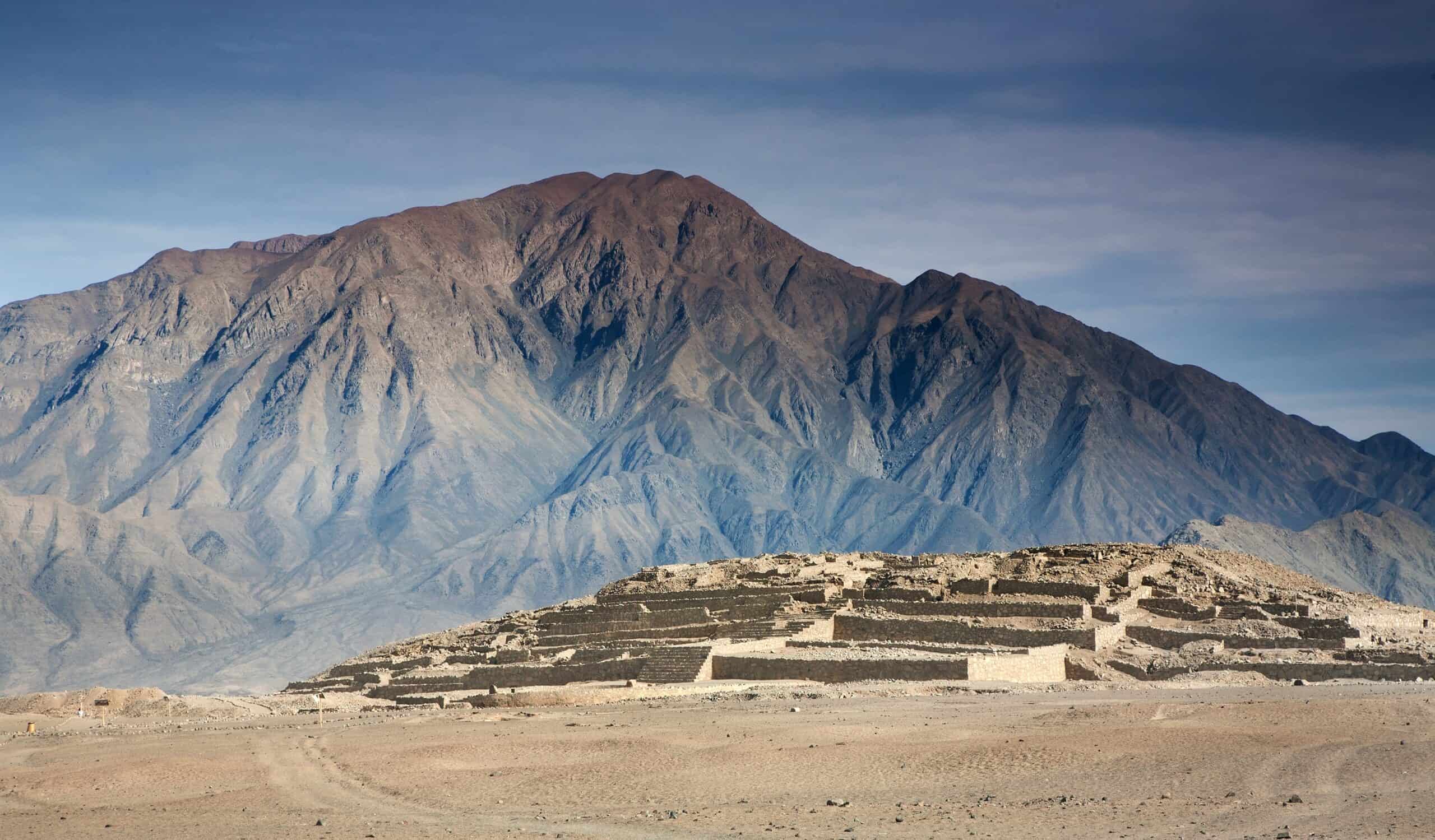
The City of Caral-Supe, located in the Supe Valley of Peru, is one of the oldest urban settlements in the Americas, dating back to around 2600 BCE. This UNESCO World Heritage site is known for its large pyramidal structures, sunken circular plazas, and intricate irrigation systems. Caral-Supe provides valuable insights into the early development of complex societies in the region, with evidence of advanced architectural, agricultural, and social practices. The site’s impressive age and significance in understanding ancient Andean civilizations make it a fascinating destination for history buffs and archaeologists.
Ellora Caves, India
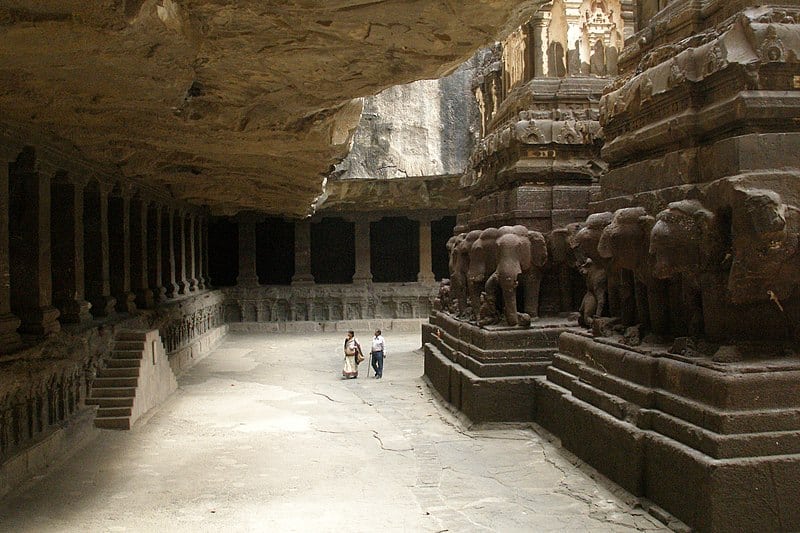
The Ellora Caves, located in Maharashtra, India, are a remarkable complex of rock-cut temples and monasteries dating from the 6th to 10th centuries CE. This UNESCO World Heritage site features 34 caves representing Buddhist, Hindu, and Jain religious traditions. The most famous cave is the Kailasa temple, a massive monolithic structure dedicated to Lord Shiva, intricately carved out of a single rock. The sheer scale, architectural ingenuity, and artistic detail of the Ellora Caves make them a fascinating site to explore, reflecting the religious and cultural diversity of ancient India.
Aksum, Ethiopia
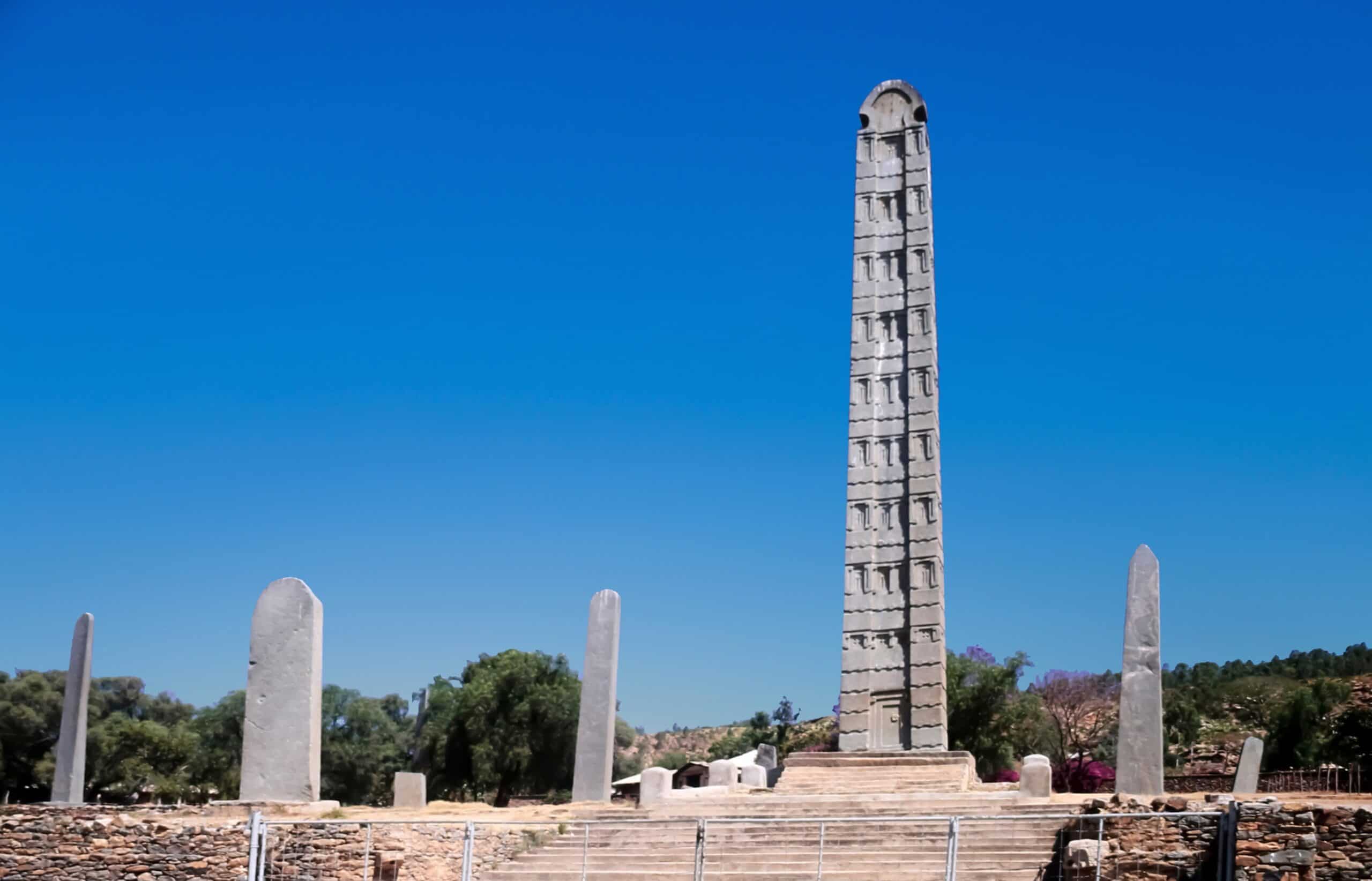
Aksum, located in northern Ethiopia, was the capital of the ancient Aksumite Empire, one of Africa’s greatest civilizations. This UNESCO World Heritage site is renowned for its towering stelae, royal tombs, and the remains of palaces. The most famous monument is the Obelisk of Axum, a 24-meter-high granite stele that showcases the advanced engineering skills of the Aksumites. Aksum is also believed to be the resting place of the Ark of the Covenant, housed in the Church of St. Mary of Zion. The historical and religious significance of Aksum makes it a fascinating destination for travelers and scholars.
Olympia, Greece

Olympia, located in the Peloponnese region of Greece, is the birthplace of the ancient Olympic Games, first held in 776 BCE. This UNESCO World Heritage site features the ruins of various sports facilities, temples, and statues, including the Temple of Zeus, once home to one of the Seven Wonders of the Ancient World – the Statue of Zeus. Olympia’s well-preserved remains offer insights into the athletic, religious, and social practices of ancient Greece. The site’s historical importance and connection to the Olympic Games make it a must-visit destination for history enthusiasts and sports fans alike.
Ancient Merv, Turkmenistan
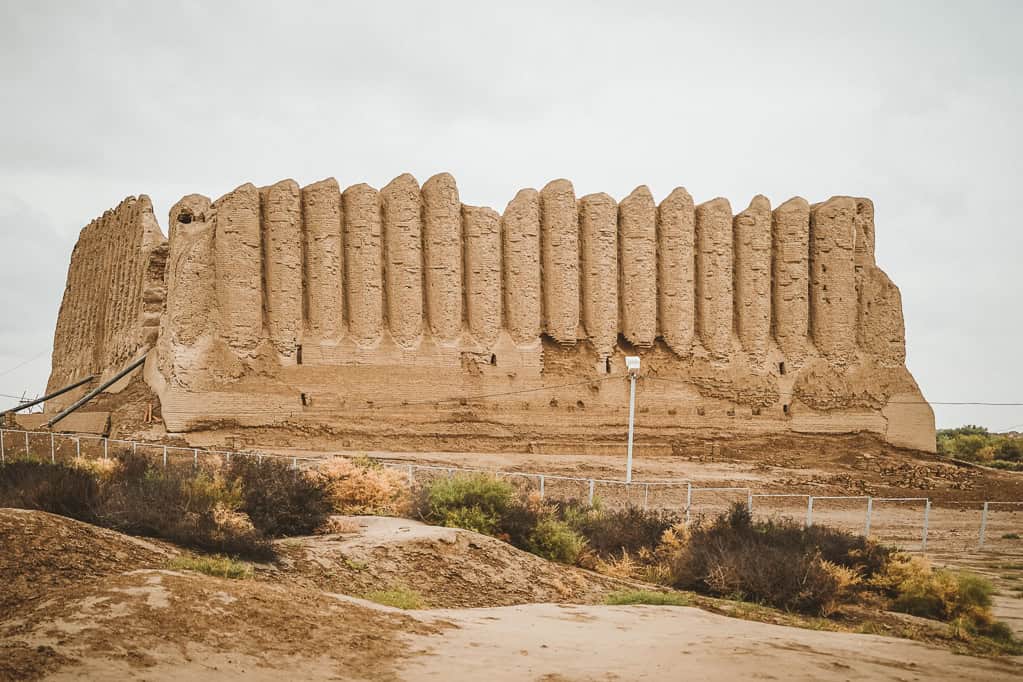
Ancient Merv, located in modern-day Turkmenistan, was one of the most significant cities along the Silk Road. This UNESCO World Heritage site encompasses a series of ancient cities that flourished from the 3rd millennium BCE to the 13th century CE. The site’s impressive ruins include the fortifications of Erk-Kala and Gyaur-Kala, the Seljuk mausoleum of Sultan Sanjar, and the intricate ice houses used for storing ice in the desert climate. Ancient Merv’s historical significance, strategic location, and well-preserved structures make it a fascinating site for those interested in Central Asian history and the Silk Road.
Mesa Verde National Park, Colorado
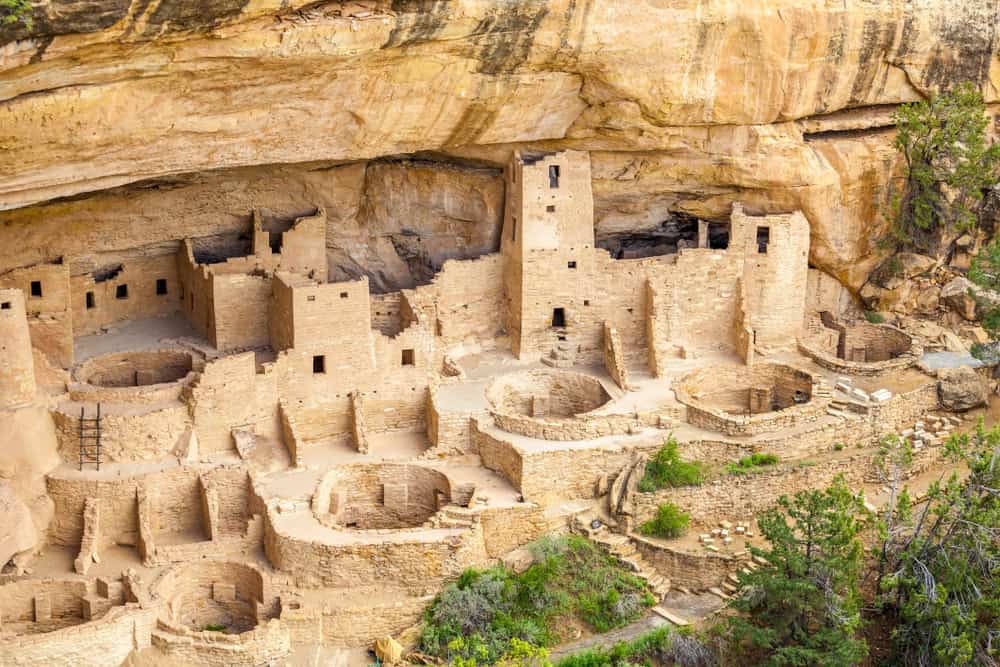
Mesa Verde National Park, located in Colorado, USA, is home to some of the best-preserved cliff dwellings of the Ancestral Puebloans. This UNESCO World Heritage site features over 600 cliff dwellings, including the famous Cliff Palace, Balcony House, and Long House. These structures, built into the sandstone cliffs, showcase the ingenuity and adaptability of the Ancestral Puebloans who inhabited the area from AD 600 to 1300. The park’s combination of natural beauty and archaeological significance makes it a captivating destination for visitors interested in Native American history and culture.
Prambanan Temple Compounds, Indonesia
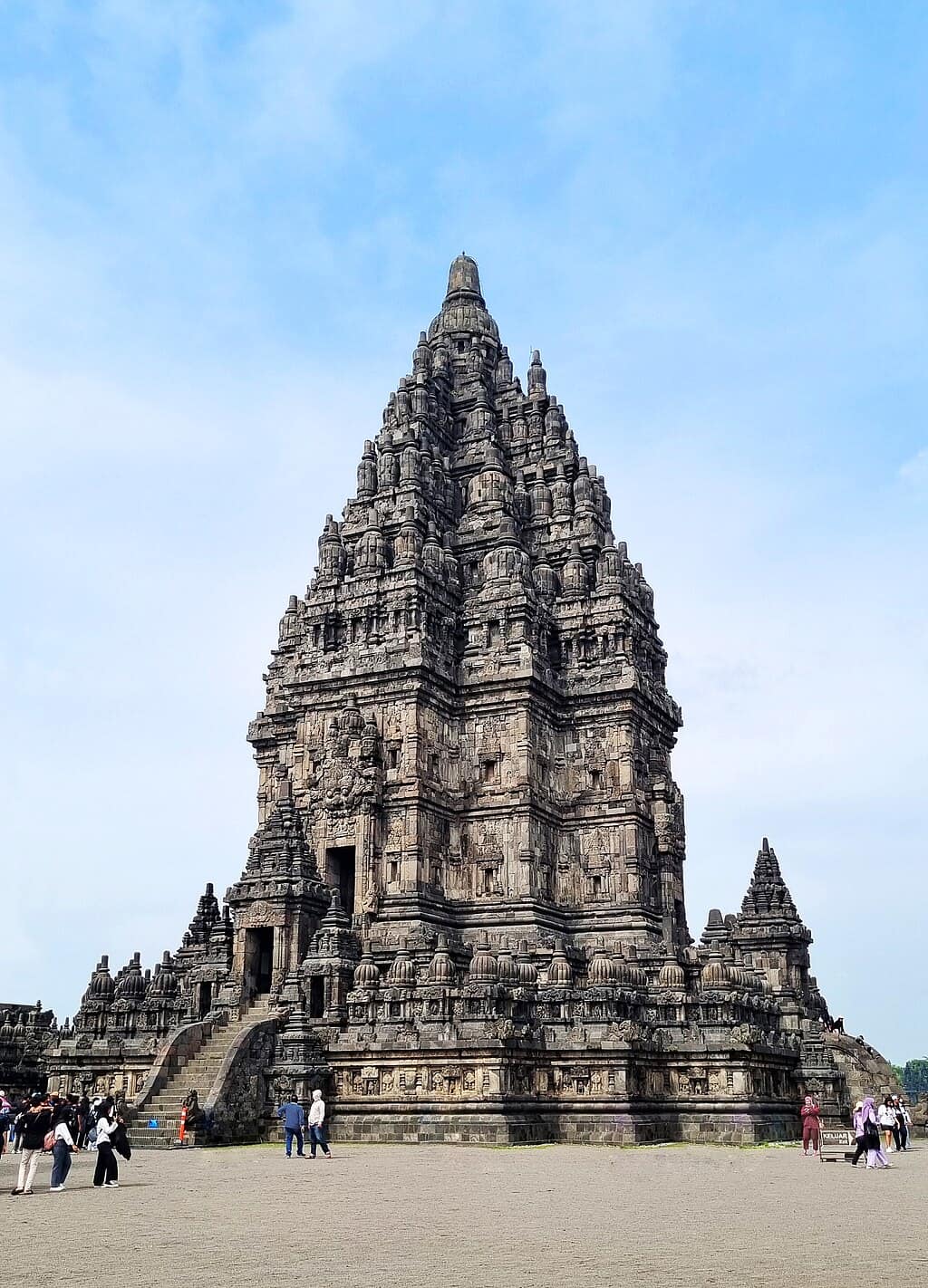
The Prambanan Temple Compounds, located in Central Java, Indonesia, is a stunning example of Hindu architecture. This UNESCO World Heritage site, built in the 9th century, features numerous pointed temples dedicated to the Hindu gods Brahma, Vishnu, and Shiva. The central complex is dominated by the towering Shiva temple, adorned with intricate carvings and bas-reliefs depicting scenes from the Ramayana. The grandeur and artistic detail of the Prambanan Temples, along with their historical and religious significance, make them a must-see destination for those exploring Indonesia’s cultural heritage.
Derinkuyu Underground City, Türkiye
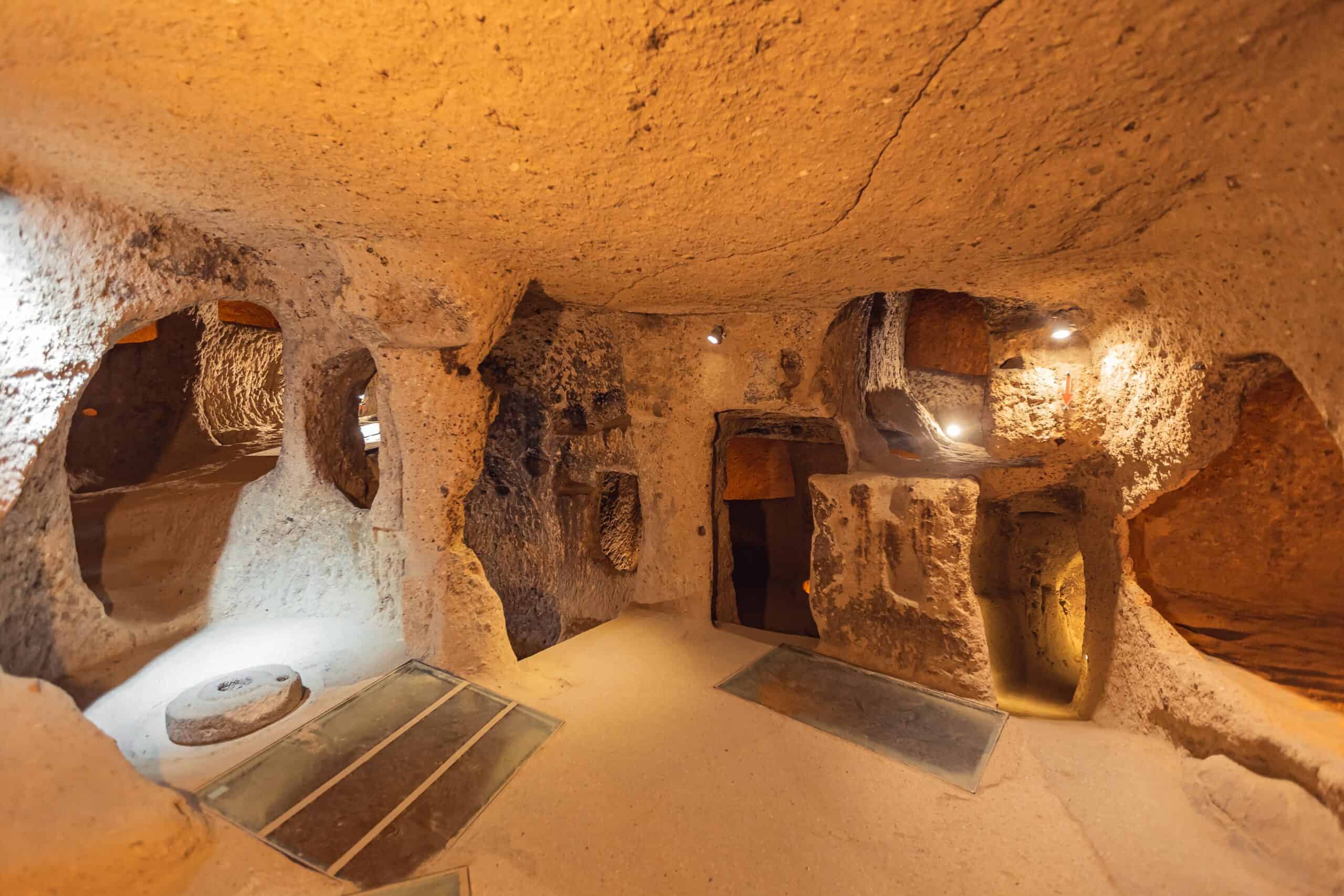
Derinkuyu, located in the Cappadocia region of Türkiye, is an ancient underground city that served as a refuge for thousands of people. This multi-level subterranean city, carved out of soft volcanic rock, features tunnels, living quarters, storage rooms, and even chapels. Believed to have been built by the Phrygians in the 8th–7th centuries BCE and expanded by later civilizations, Derinkuyu provided protection from invasions and natural disasters. The complexity and ingenuity of this underground city make it a fascinating site to explore, offering a unique glimpse into ancient engineering and survival strategies.
Tikal, Guatemala
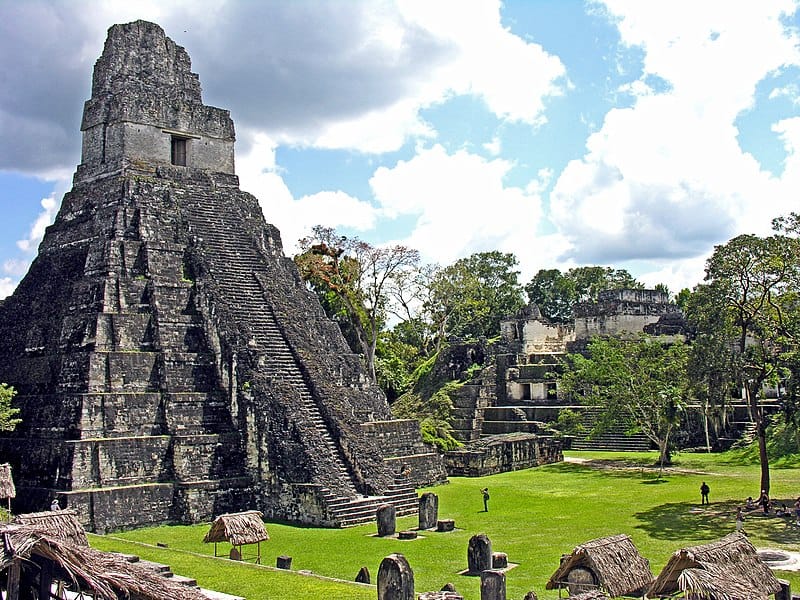
Tikal, located in the dense jungles of northern Guatemala, is one of the largest and most significant archaeological sites of the ancient Maya civilization. This UNESCO World Heritage site features towering pyramids, grand plazas, and elaborate stelae. The Great Plaza, flanked by the towering Temple I and Temple II, is a focal point of the city. Tikal was a major political, economic, and military center during the Classic Period (200–900 CE). Its impressive ruins, set against the backdrop of lush rainforest, make Tikal a must-visit destination for those interested in Mesoamerican history and culture.
Angkor Wat, Cambodia
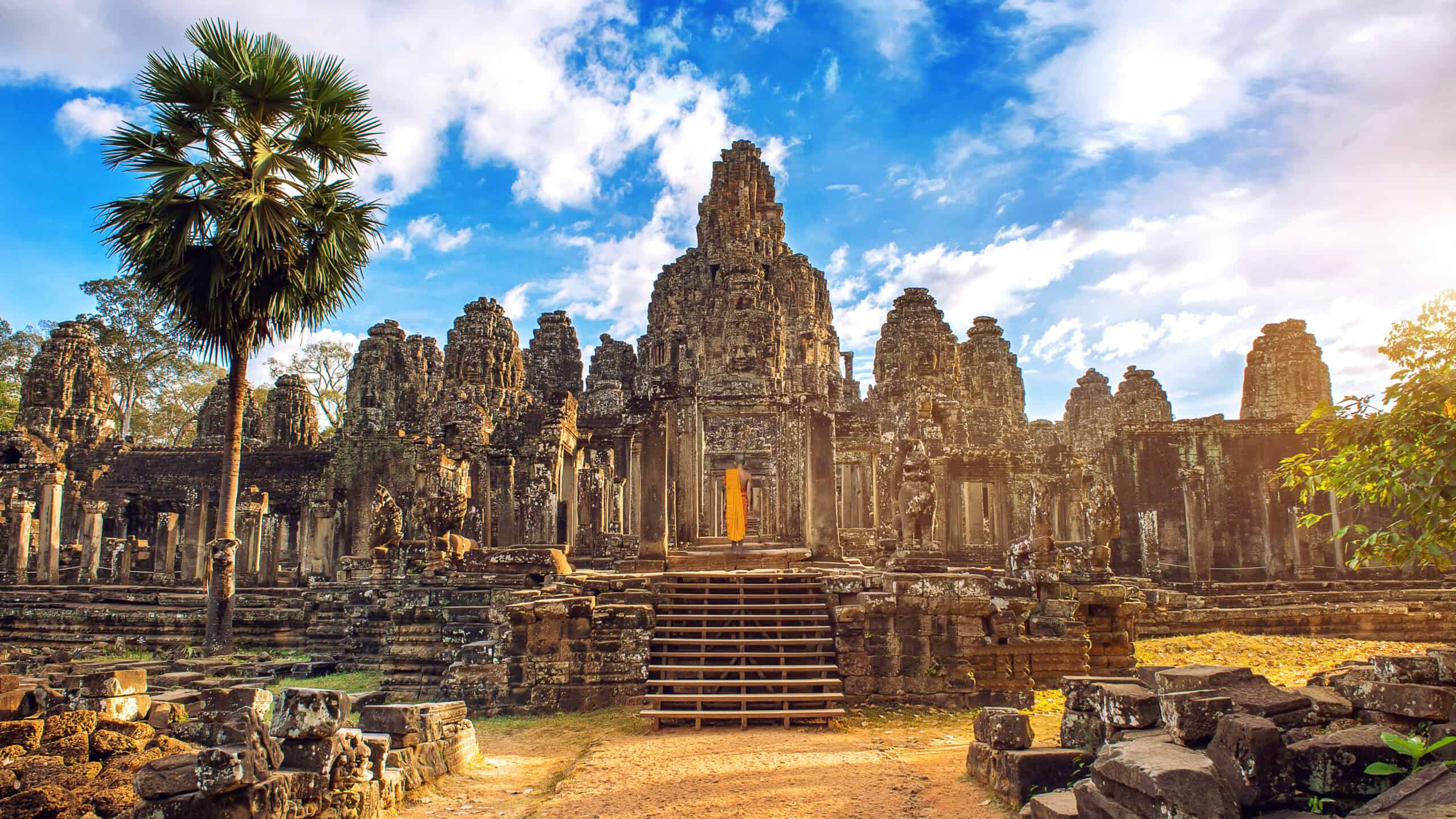
Angkor Wat, located in Cambodia, is the largest religious monument in the world and a pinnacle of Khmer architecture. Built in the early 12th century by King Suryavarman II, this vast temple complex is dedicated to the Hindu god Vishnu. Angkor Wat is renowned for its intricate bas-reliefs, towering spires, and extensive galleries that depict scenes from Hindu mythology. The temple’s harmonious proportions and stunning artistry reflect the zenith of Khmer architectural achievement. Angkor Wat’s enduring beauty, spiritual significance, and historical importance make it one of the most fascinating ancient ruins to explore.
The Great Sphinx of Giza, Egypt
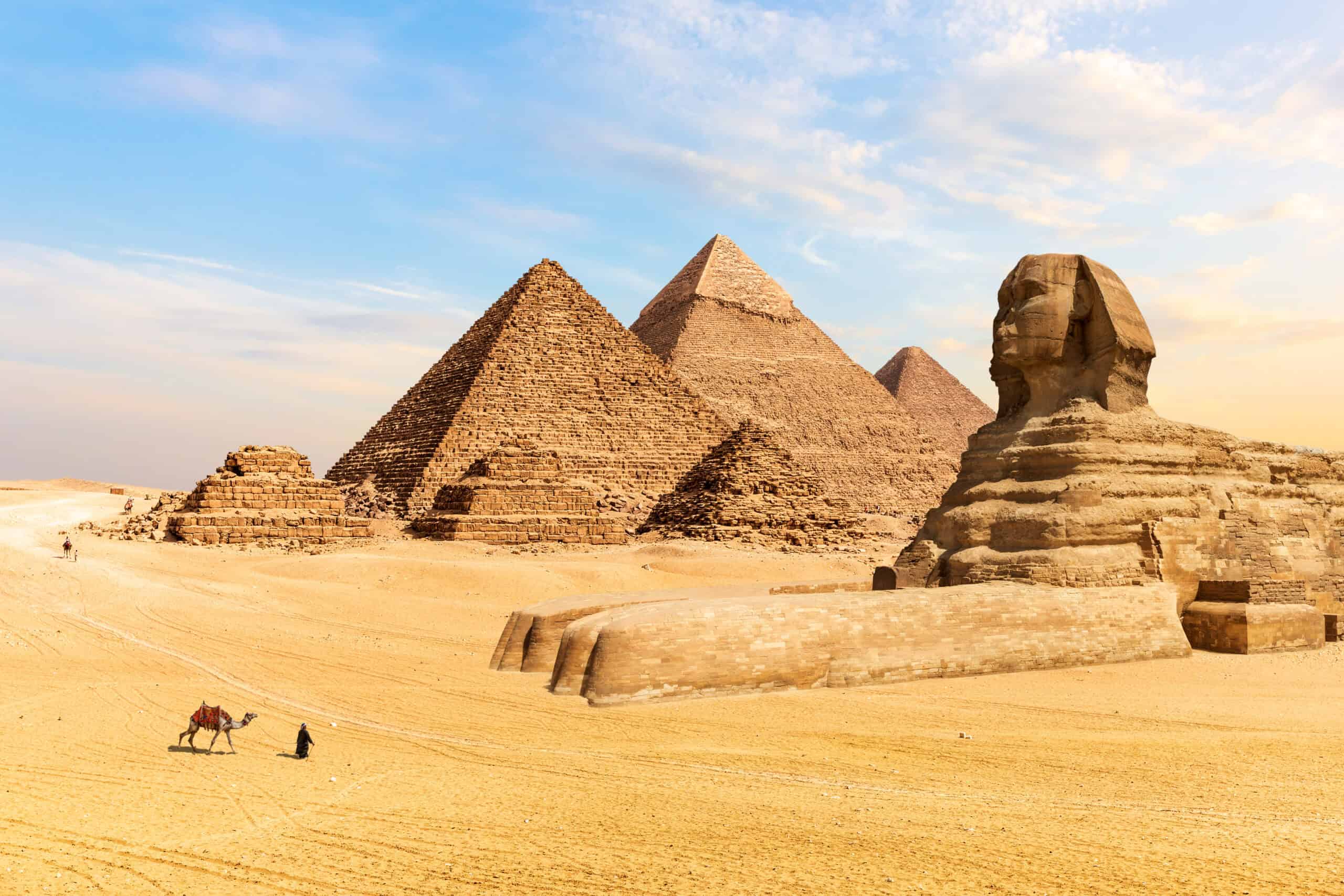
The Great Sphinx of Giza, located on the Giza Plateau near Cairo, is one of the most iconic and enigmatic monuments of ancient Egypt. This colossal limestone statue, with the body of a lion and the head of a pharaoh, is believed to represent Pharaoh Khafre and dates back to around 2500 BCE. The Sphinx, standing 20 meters high and 73 meters long, is renowned for its majestic presence and the mysteries surrounding its construction and purpose. Its proximity to the pyramids and its enduring symbol of ancient Egyptian civilization make the Great Sphinx a must-see for visitors to Egypt.
Machu Picchu, Peru
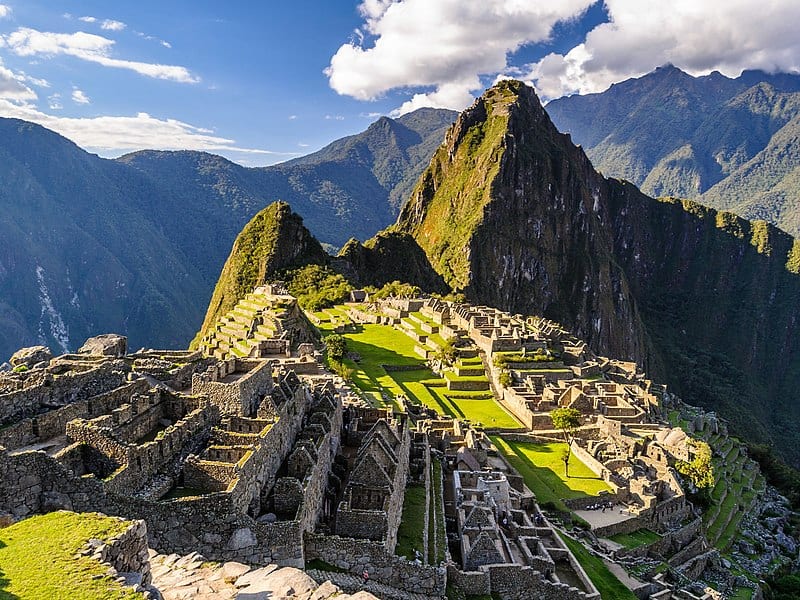
Machu Picchu, nestled high in the Andes Mountains of Peru, is one of the most iconic and well-preserved archaeological sites of the Inca Empire. This 15th-century citadel, discovered by Hiram Bingham in 1911, features a complex of palaces, temples, terraces, and water channels. The site’s stunning location atop a mountain ridge, surrounded by lush cloud forests, adds to its allure. Machu Picchu’s advanced engineering, architectural beauty, and historical significance as a center of Inca civilization make it a must-visit destination for travelers and historians alike.
This article originally appeared on Rarest.org.
More from Rarest.org
The 14 Most Coveted Vintage Motorcycles and Their Value

Vintage motorcycles hold a special place in the hearts of enthusiasts and collectors. These bikes are not only prized for their history but also for their unique designs and engineering feats. Read more.
13 Rare Stamps Every Philatelist Dreams Of
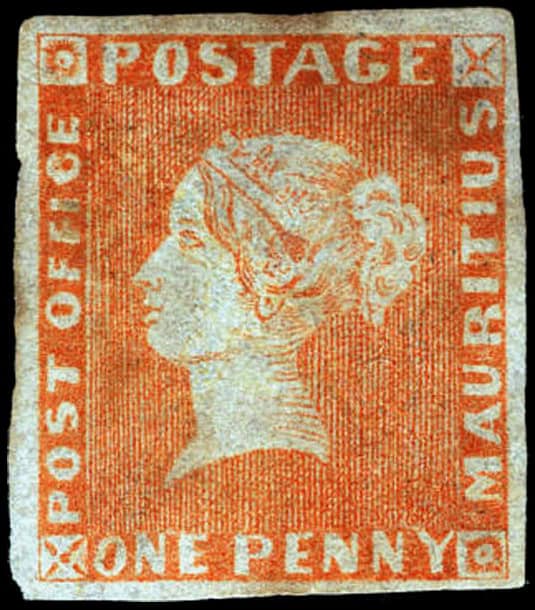
Philately is more than a hobby; itâs a journey through history, culture, and art. Rare stamps hold stories and value that captivate collectors worldwide. Read more.
10 The Most Expensive Watches Ever Sold

Collecting high-end watches is a passion for many. The most expensive timepieces in the world offer a glimpse into luxury and craftsmanship. Read more.
